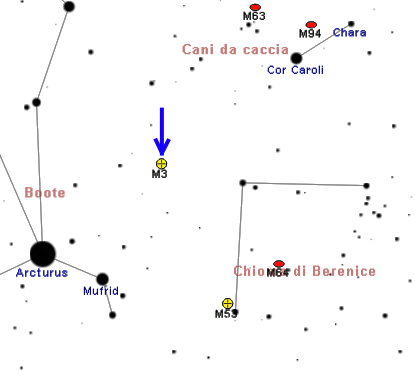Eta Ursae Majoris (η UMa, η Ursae Majoris) is a star in the constellation Ursa Major. It has the traditional names Alkaid (or Elkeid) and Benetnash (Benetnasch). Alkaid is the most eastern (leftmost) star in the Big Dipper (Plough) asterism. However, unlike most stars of the Big Dipper, it is not a member of the Ursa Major moving group. With an apparent visual magnitude of +1.84,[2] it is the third brightest star in the constellation and one of the brightest stars in the night sky.
From My own backyard. Attached to my Orion 120. Shot at F2.8 a 1.9 Second exposure at iso3200
The Cats Eye Nebula
The Cat's Eye Nebula (NGC 6543, Caldwell 6) is a planetary nebula in the constellation of Draco. Structurally, it is one of the most complex nebulae known, with high-resolution Hubble Space Telescope observations revealing remarkable structures such as knots, jets, bubbles and sinewy arc-like features. In the center of the Cat's Eye there is a bright and hot star; around 1000 years ago this star lost its outer envelope, producing the nebula.
It was discovered by William Herschel on February 15, 1786, and was the first planetary nebula whose spectrum was investigated by the English amateur astronomer William Huggins in 1864. The results of the latter investigation demonstrated for the first time that planetary nebulae consist of hot gases, but not stars. Currently the nebula has been observed across the fullelectromagnetic spectrum, from far-infrared to X-rays.
Modern studies reveal several mysteries. The intricacy of the structure may be caused in part by material ejected from a binary central star, but as yet, there is no direct evidence that the central star has a companion. Also, measurements of chemical abundances reveal a large discrepancy between measurements done by two different methods, the cause of which is uncertain. Hubble Telescope observations revealed a number of faint rings around the Eye, which are spherical shells ejected by the central star in the distant past. The exact mechanism of those ejections, however, is unclear
The Cats Eye Nebula F2.8 4 second exposure at ISO3200

























